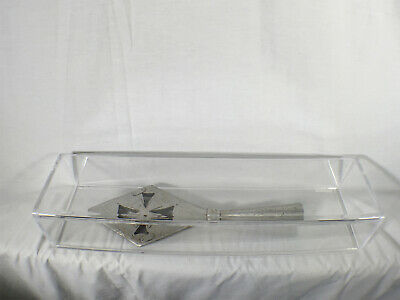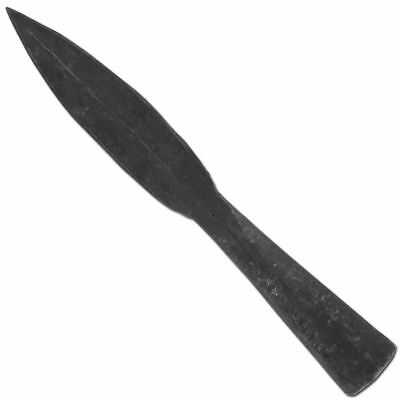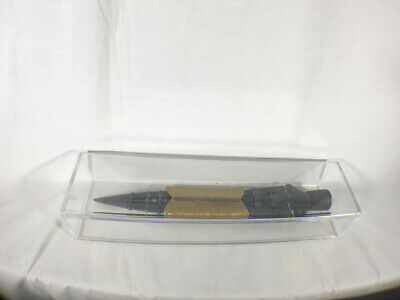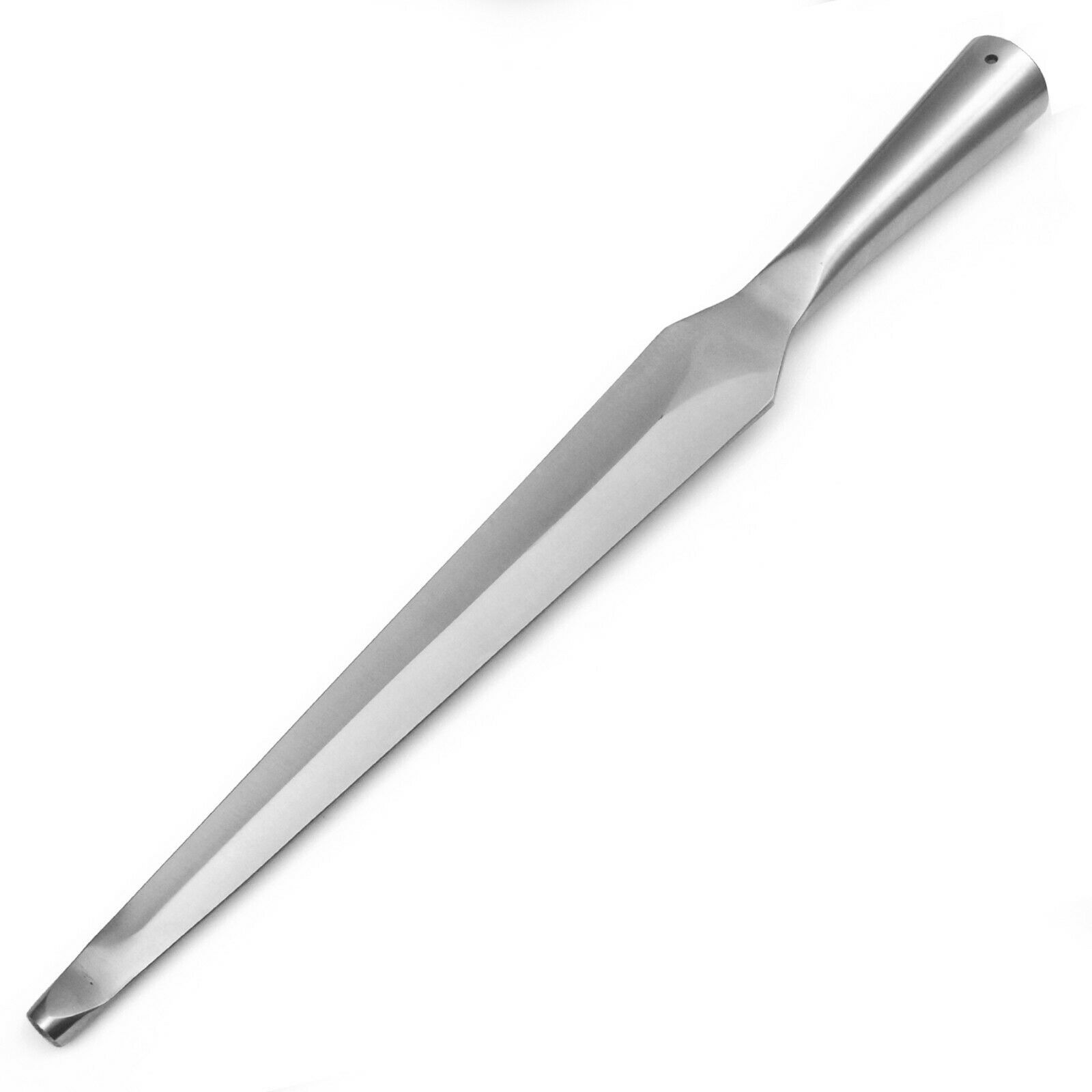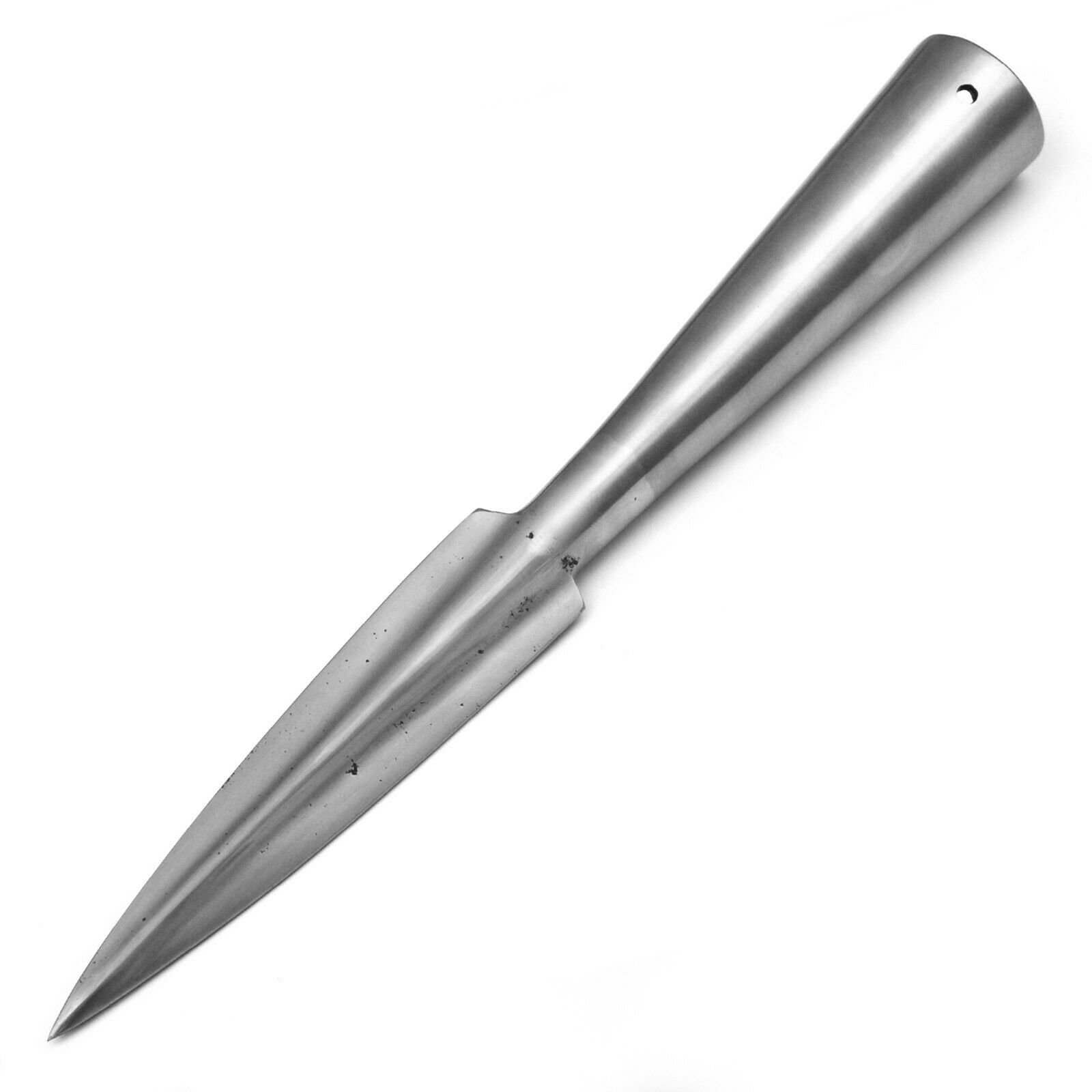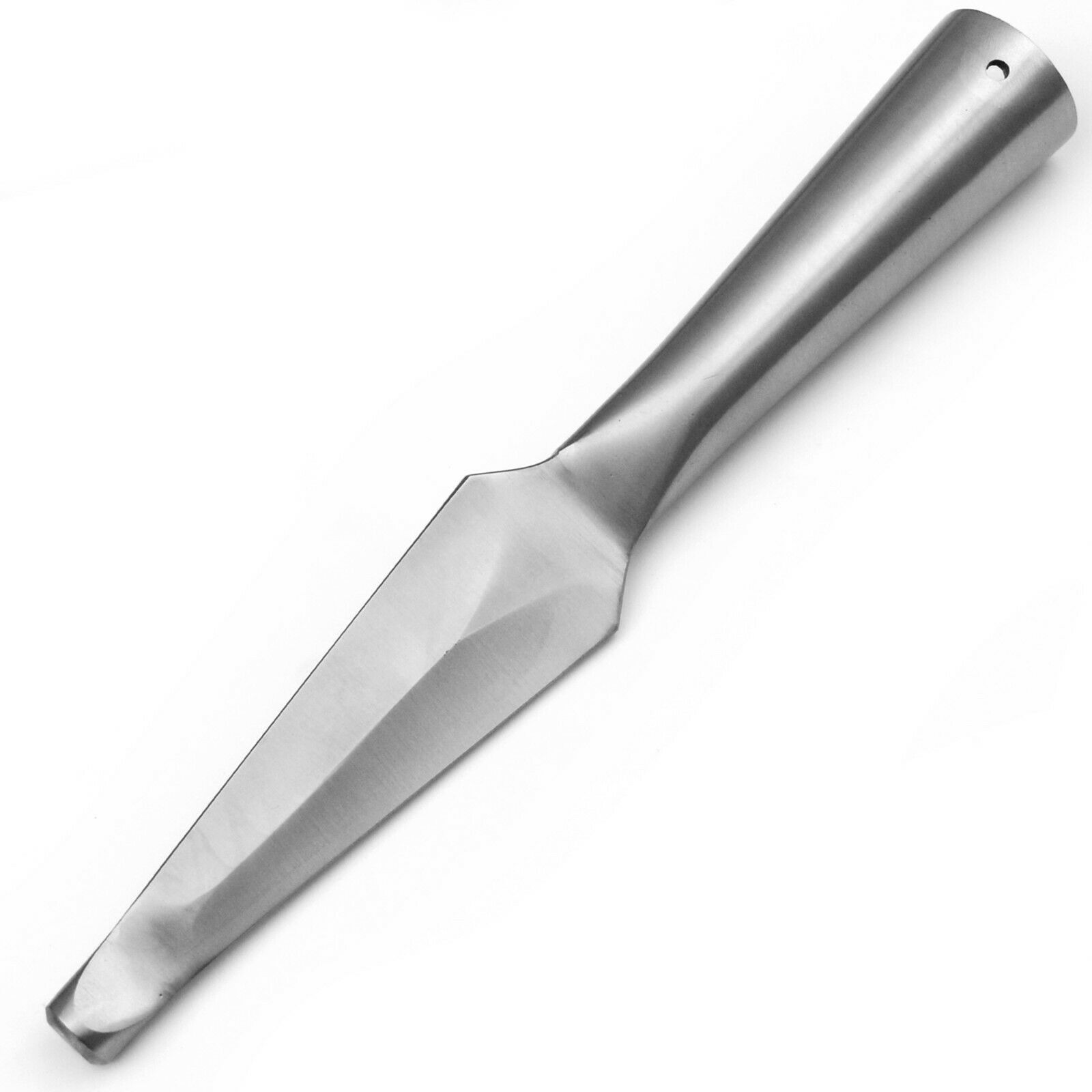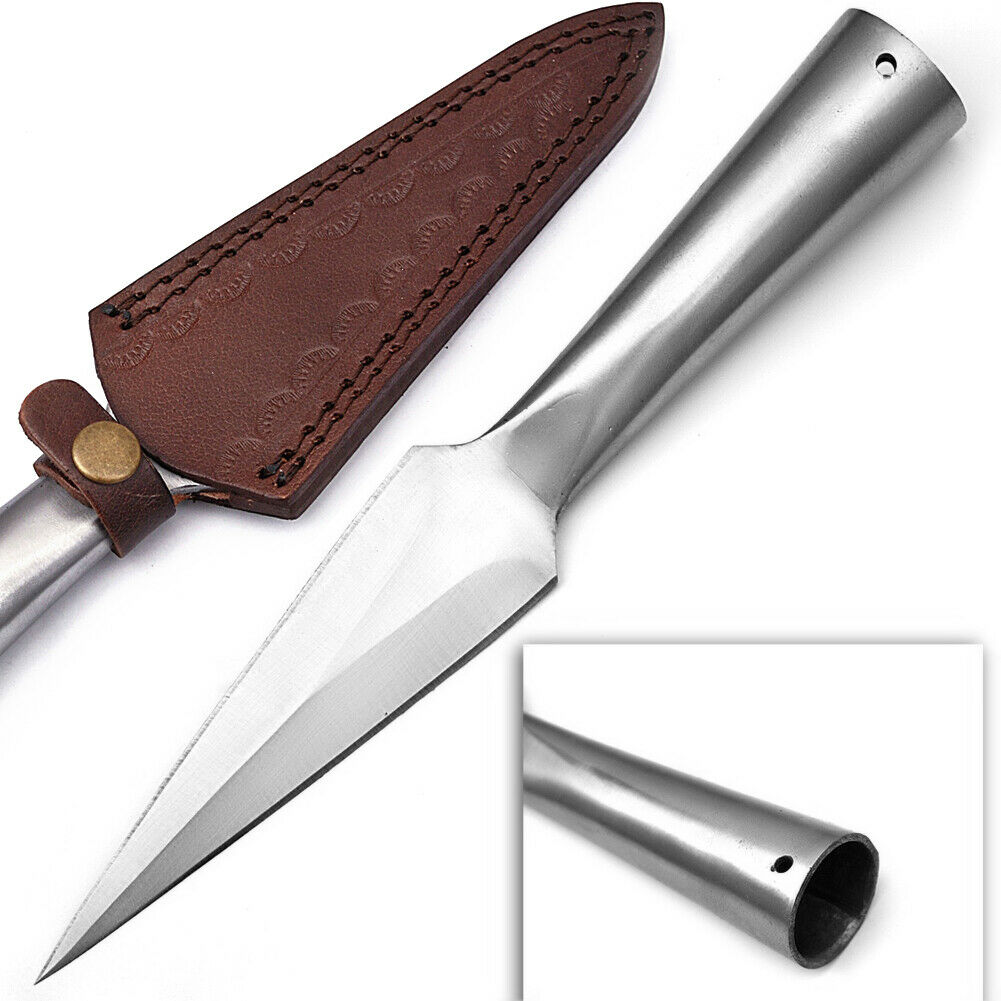-40%
Native American Arrow Heads & Atlatl Spear tips Found In Central Texas
$ 789.66
- Description
- Size Guide
Description
These Tonkawa Arrow/Atlatl/Spear & Clovis tips were found on Ranch Land near North Austin in 1920's & 1930's by my great grandfather.The Tonkawa occupied the region of Central Texas near Austin, Texas while during Custer's stay in Austin, Texas
They were very mobile and hunted buffalo, deer, and smaller game.
Custer HQ (Southern Command) was in Austin, Texas after The Civil War until 1866.
Tonkawa era arrow / atlatl / spear tips of Central Texas found near Austin. Custer's era was right after the Civil War from 1865 - 1866 at HQ in Austin, Texas. These 90+ are possibly thousands of years old. It was common practice for Native American Tribes to find and reuse these tips.
CUSTER, GEORGE ARMSTRONG
(1839–1876).
George Armstrong Custer, Union Civil War general and western Indian fighter, was born in New Rumley, Ohio, on December 5, 1839, the son of Emanuel and Maria (Ward-Kirkpatrick) Custer. He grew up in New Rumley and Monroe, Michigan, and realized his ambition in 1857 when he was appointed to the United States Military Academy at West Point. He graduated in 1861 at the bottom of his class but won distinction in the
Civil War
as a cavalry officer. At twenty-three he was made brigadier general of volunteers, and at twenty-five he earned the rank of brevet major general. With his long blond hair set off by a red tie, a sailor's blouse, and a blue jacket agleam with gold, the "boy general" cut a dashing figure. Admired by some, envied and disliked by others, he captured the public's imagination and became a popular hero in the North.
At the end of the war Custer was assigned to duty in Texas as part of Gen.
Philip H. Sheridan
's effort to prevent Confederate retrenchment in Mexico under the emperor Maximilian. During an uneventful five-month stay at his HQ Austin, which ended when he was mustered out of the volunteers on February 1, 1866
Note: Projectile points are identified to culture and time period on the basis of their form and flaking style. Shapes and thicknesses changed over time, probably at least partly for reasons related to function and technology, but also because of style preferences within a particular group. For whatever reason they changed, archaeologists can use these changes to map point styles to periods. Studies of the different sizes and shapes of points are called point typologies.
In general, the larger, finely made points are the oldest points and were likely spear points, fixed to the working ends of spears. The middle-sized, fairly thick points are called dart points; they were used with an atlatl. The smallest points were used at the ends of arrows shot with bows.



